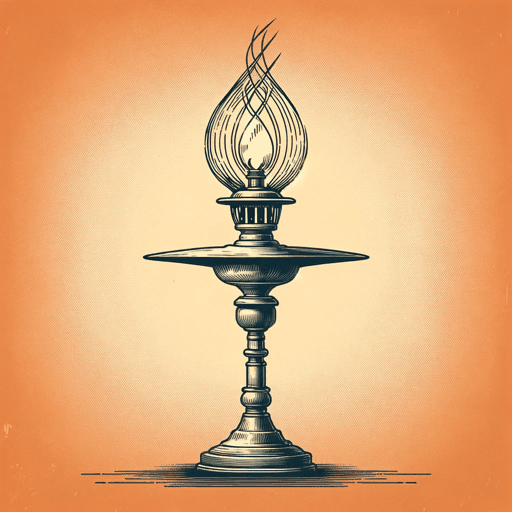33 pages • 1 hour read
August StrindbergThe Father
Fiction | Play | Adult | Published in 1887A modern alternative to SparkNotes and CliffsNotes, SuperSummary offers high-quality Study Guides with detailed chapter summaries and analysis of major themes, characters, and more.
Symbols & Motifs
The Lamp
At the end of the second act of The Father, the Captain hurls a burning lamp at Laura. His anger overcomes him, and his violent words turn into violent actions. The lamp becomes a symbol of the moment when he snaps, the attack showing that he has lost his grip on reality. The Captain's verbal rage at the women in the house is now a hot war.
More broadly, the lamp reflects the Captain's mental state. The purpose of a lamp is to cast light—to expose the reality of a room. By extinguishing the lamp in a violent fashion, the Captain descends into the darkness of his obsession, paranoia, and misogyny. He is alone and he is lost, unable to see a way out. The destruction of the lamp plunges the Captain into a literal and a figurative darkness.
The Captain's violent behavior has severe consequences: By attacking Laura with the lamp, the Captain has opened himself up to legal sanction. The legal system that typically protects men like the Captain can now punish him.
Related Titles
By August Strindberg
Featured Collections
Challenging Authority
View Collection
Dramatic Plays
View Collection
European History
View Collection
Feminist Reads
View Collection
Marriage
View Collection
Mental Illness
View Collection
Naturalism
View Collection
Power
View Collection
School Book List Titles
View Collection
Tragic Plays
View Collection




